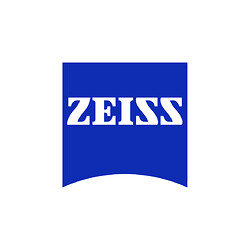Spatial Biology Studies in Lung Tissue using Spectral Microscopy
Spectral imaging with the ZEISS LSM 980 laser scanning confocal enables more complex studies of cell-cell interactions and locations in immunology research.
The immune system is a complex network of cells, tissues, and organs that works together to form multitier responses to foreign pathogens and abnormal cells. Immune cells frequently interact through close cell-to-cell contact. Spatial biology imaging studies using fluorescent markers to identify different immune cell types can provide insights into important cell-cell interactions and diverse microenvironments. However, experimental designs have typically been limited to three to four fluorescent labels based on the imaging set-up capabilities. Additionally, researchers working with tissues are often challenged with autofluorescence, which can contaminate fluorescent measurements resulting in misinterpretation of imaging data.
Spectral microscopy is one solution not only for imaging higher numbers of fluorophores but also for removing autofluorescence signals. Dr. Sandra Ormenese, Alexandre Hego, and Gaëtan Lefevre work at the GIGA Cell Imaging & Flow Cytometry Platform, a core imaging facility supporting researchers in cancer, neuroscience, cardiology, and immunology at the University of Liège, Belgium. They have implemented spectral microscopy with the ZEISS LSM 980 laser scanning confocal to enable researchers working with lung immunity to expand their research in spatial biology studies with up to eight fluorescent markers.
Read the user story here.
